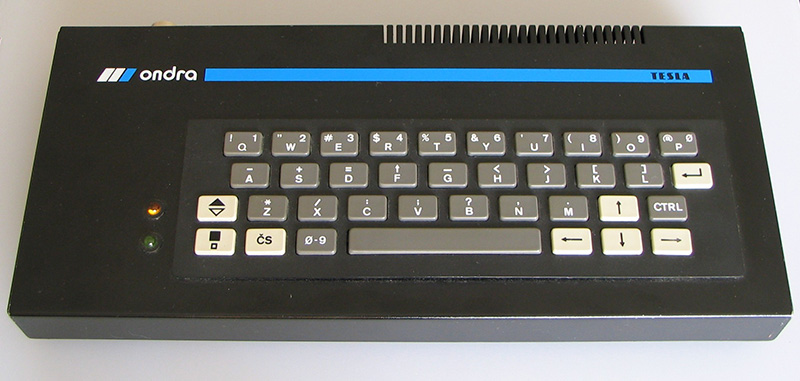Quick Hacks: “Fixing” the Keurig Coffeemaker DRM — Temporarily and Permanently (your choice)
When I was a kid, the biggest technical advance in coffeemakers was the timer — you loaded up the machine with coffee and water, and in the morning the coffee was hot and ready. Well nowadays, if you don’t want to go all the way to Starbucks for your fancy special hot beverage, you can make it at home — you just plop a K-Cup® into one of those new-fangled Keurig coffee makers, and out pops a single serving of coffee, tea, hot chocolate, or whatever.
Well, this has proven mostly successful for the Keurig company. Their only problem has been the production of “unauthorized” K-Cups by the competition. So they came up with a solution for their new line of coffeemakers–they will only accept “approved” K-cups. Presumably, an “approved” K-cup comes from a manufacturer that pays a sum of money to the Keurig company.
Apparently, the folks at Keurig didn’t pay too much for this technical solution. You can still use “non-approved” K-cups by sticking part of an “approved” K-cup to the top of the “non-approved” K-cup, as shown in the following video. Or, for a more semi-permanent non-warranty-violating hack, with simple Scotch tape you can not have to worry about it at all (until the tape falls off).
Now, if you are into violating warranties, there is a permanent fix for this whole problem, which seems to involve disconnecting the sensor that is responsible for this atrociousness. In her quest to create a mod chip for for Keurig 2.0 machines, Kate Gray found a green wire (NOT THE GREEN WIRE!) that, when disconnected, disables the DRM on the coffeemaker.
So, America, you can once again use your dollar-store fake K-cups!
(Published from DFW, Texas)


